Weaving Community: Revitalising Nottingham’s Textile Heritage Through Sustainable Design
Reimagining the Lace Market for a Circular Future
At the heart of Nottingham lies the Lace Market—once a bustling hub of industry, innovation, and commerce. For Hannah Finnigan-Moffat, a recent Architecture graduate from the University of Nottingham, the historic character of this district isn’t just an inspiration; it’s a call to action. With a deep-rooted passion for shaping better futures through design, Hannah’s final-year project is a bold architectural proposition: to bridge Nottingham’s unique textile past with a sustainable, community-driven future.
Stitching Together History and Innovation
Hannah’s journey through the University of Nottingham has been marked by a focus on urban regeneration and sustainable community building. It is this focus that drives her project, aptly titled “A New Cycle”—a visionary response to the dual imperatives of heritage preservation and climate action. “I wanted to create something that honours the ingenuity of Nottingham’s lace era, but also asks the question: what does a thriving textile industry look like in the 21st century, for its people and its environment?” Hannah explains.
Set in the very heart of the Lace Market’s urban fabric, her scheme proposes a new centre for textile innovation and community engagement. The design is both an homage to the city’s iconic industrial brickwork and a declaration of future intent. Instead of treating heritage buildings as untouchable relics, Hannah reimagines them as living resources; 52% of her design is constructed from bricks salvaged directly from existing onsite structures slated for partial demolition, with all additional masonry sourced from local suppliers.
Designing for Circularity and Community
Walking through Hannah’s project, one discovers an architecture that is as much about people as it is about place. Her vision is not merely for a building, but for a thriving, multi-generational community—a dynamic hub where artisans, entrepreneurs, students, and residents can collaborate.
Central to this ethos is the creation of flexible production spaces, repair workshops, and classrooms that overlook airy courtyards. Open-plan studios accommodate textile startups and local businesses, while street-level galleries invite the wider public to experience exhibitions and community events. Carefully preserved brick archways and historical details meld with contemporary interventions—timber window frames, green roofs, and light-filled atria—to form interconnected spaces that are both familiar and refreshingly new.
The environmental strategy runs deeper than just recycled materials. Passive ventilation, rainwater harvesting, and solar shading are integrated seamlessly, reflecting an understanding that sustainable architecture must perform at every level, not just visually. By retaining and reusing over half of the existing brickwork, the project dramatically reduces embodied carbon and landfill waste, providing a blueprint for conscious urban regeneration.
Reviving Craft, Reducing Waste
As the textile industry faces growing criticism for its waste and ecological footprint, Hannah’s proposal offers a positive vision of transformation. The project fosters skills development and sustainable production: makerspaces are equipped for innovative textile recycling processes, upcycling workshops, and educational events aimed at raising awareness about circular fashion.
In her design narrative, Hannah references the city’s past—when canal and railway links made Nottingham a trading powerhouse and built thriving workers’ communities around the lace mills. “Our challenge now is to keep that spirit of ingenuity alive, not just through preservation, but by encouraging new forms of collaborative making and learning,” she says.
The reimagined Lace Market becomes more than just a site of memory; it turns into a living laboratory for sustainable practice, connecting Nottingham’s residents and creatives with global networks of circular design.
Recognition and the Road Ahead
Hannah’s graduation project has already garnered the attention of tutors and peers for its clarity of vision and strong social agenda. The careful research into material sourcing, the layered understanding of place, and the innovative programming combine to make her proposal a standout example of place-based regeneration.
For Hannah, the next steps involve continuing her mission of building architectural solutions that stitch together community, craft, and conscience. Her hope is that projects like hers not only shape the future of Nottingham but become model interventions in heritage-rich cities everywhere.
Connect with Hannah Finnigan-Moffat
Are you interested in collaborating, learning more about this project, or joining the dialogue on community-driven, sustainable architecture? Hannah welcomes connections from fellow designers, local groups, industry professionals, and anyone passionate about changing the culture of building for good. Reach out to her on LinkedIn or via email at hannahmoffatx@yahoo.com to keep the conversation going.
This article is part of Architecture Social’s ongoing series highlighting the next generation of designers creating bold responses to urban challenges. If you’d like your work featured, get in touch with our editorial team.


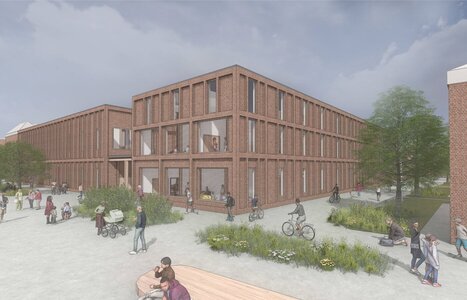
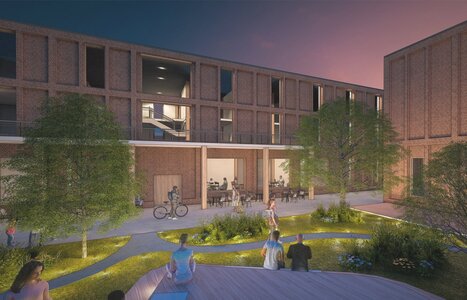

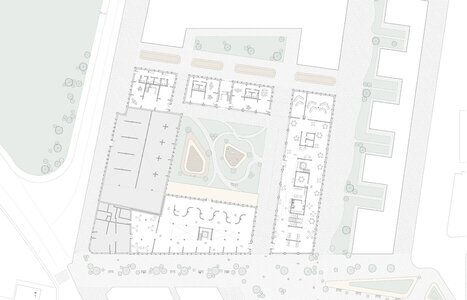
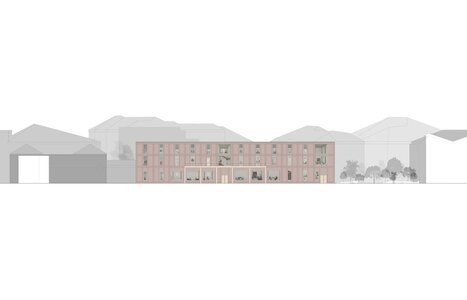

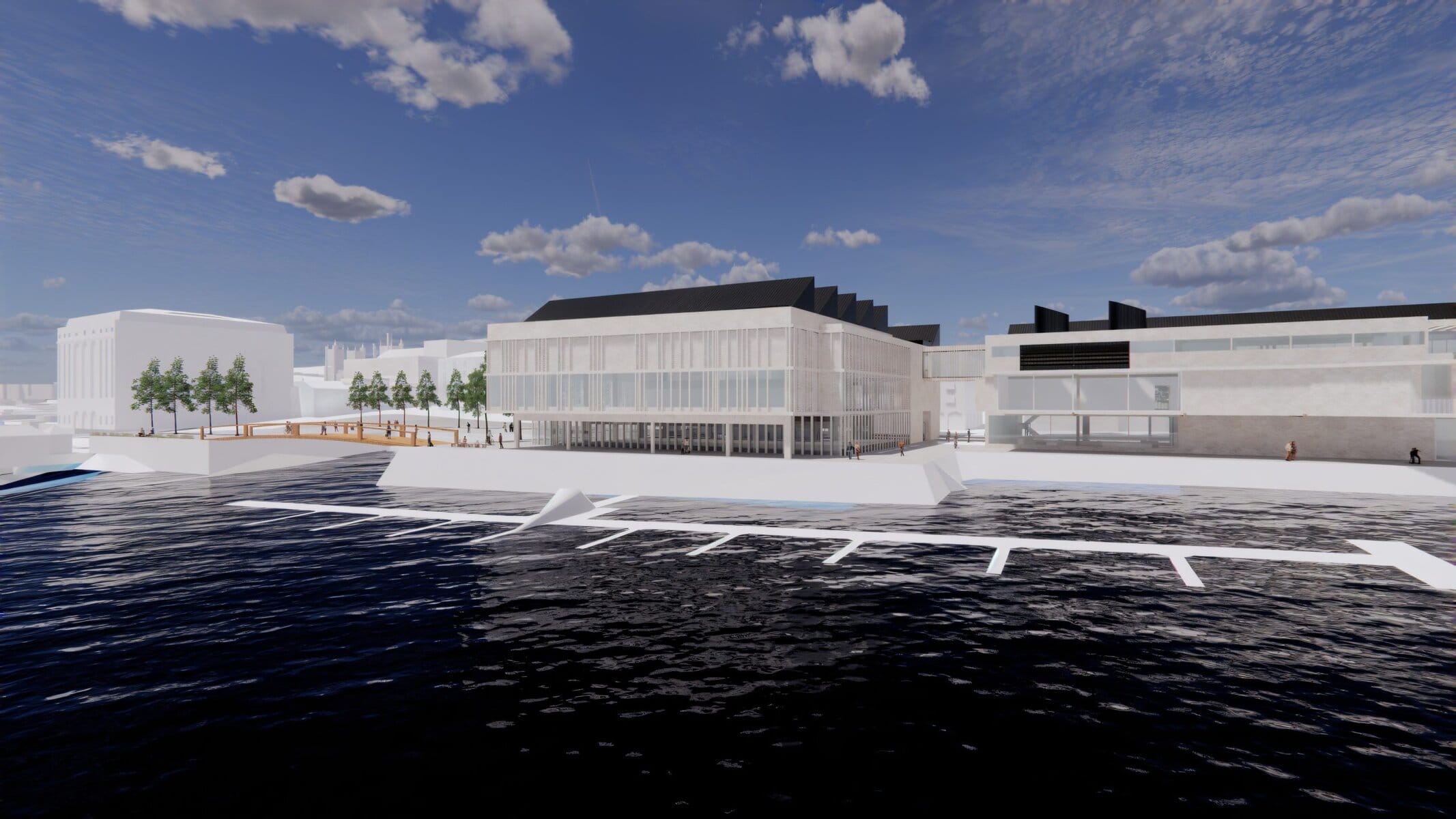
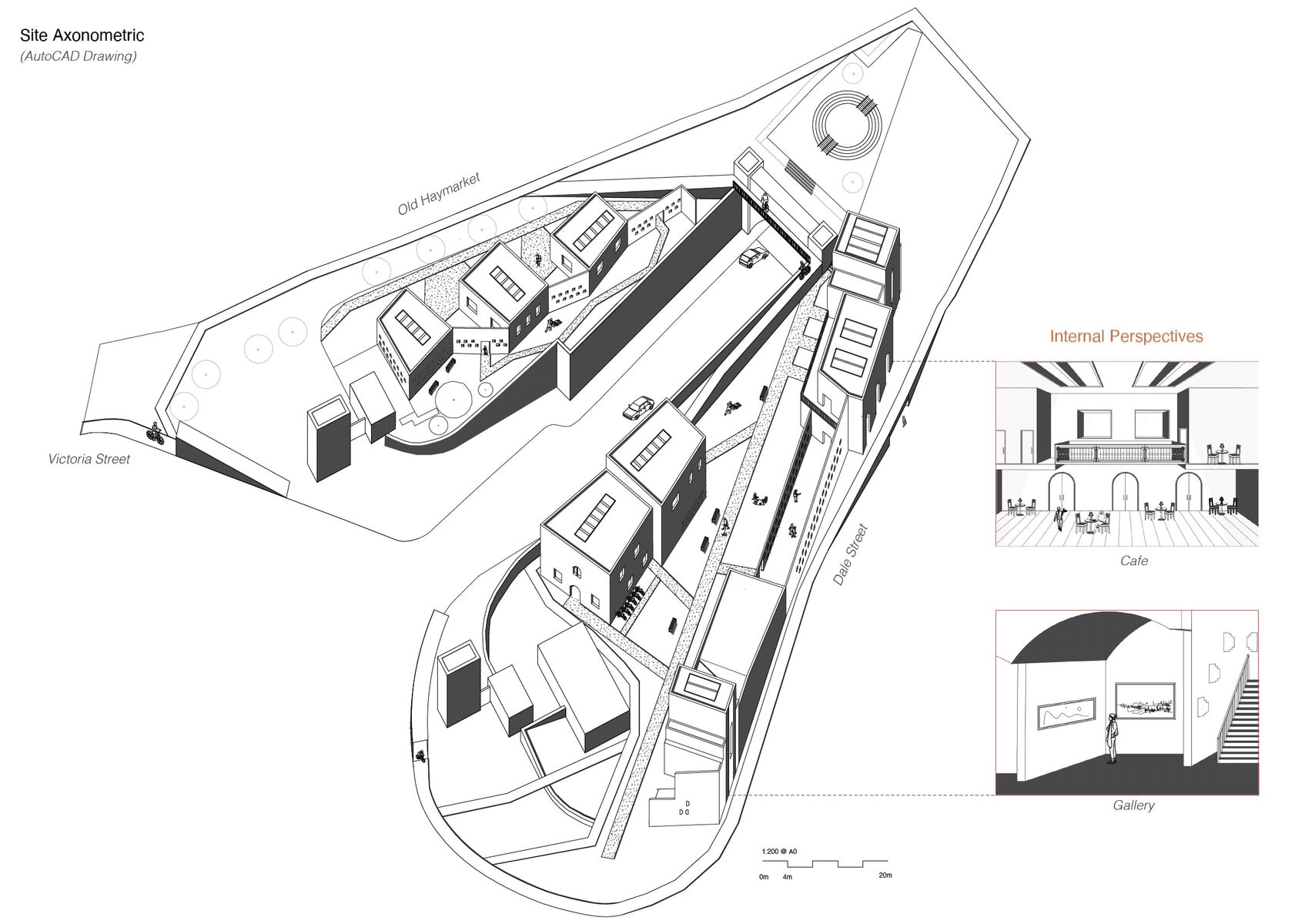

Add a comment